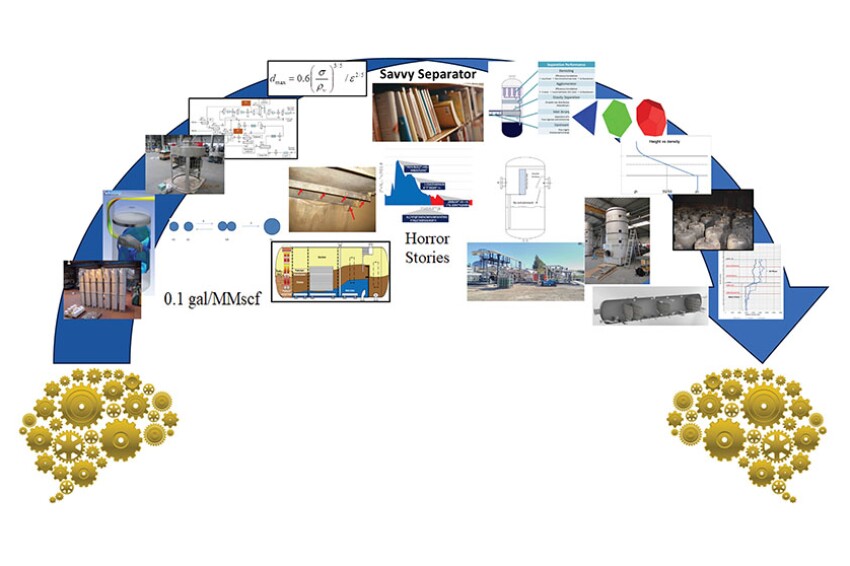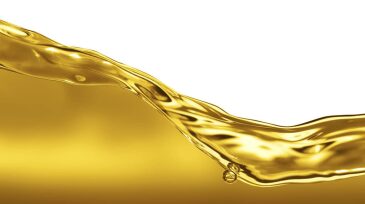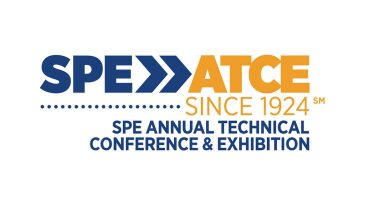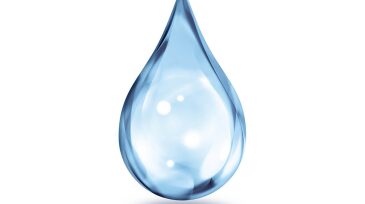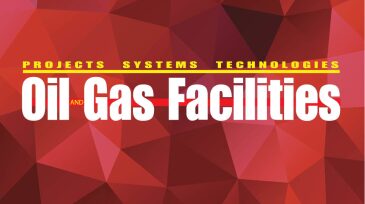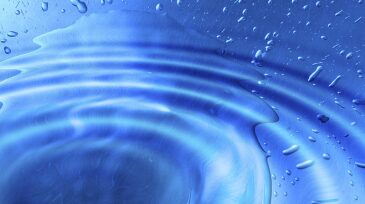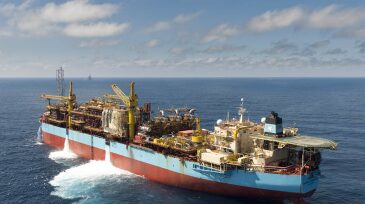Separation/treating
In this final installment of the Savvy Separator Series (No. 23), the authors present a curated collection of recommended references, articles, and other key resources—a comprehensive guide worth reading, bookmarking, and keeping in your library.
With the right internal modifications, traditional degassers can be enhanced with gas flotation for improved oily water separation. This article outlines key design considerations—including inlet and settling zones, skimming, and solids handling. Two case studies highlight lessons learned in troubleshooting and revamping degasser designs.
This article is the second of a two-part series on produced-water management in the Gulf of Mexico and covers four themes: equipment, process configuration, operations, and effluent quality.
-
A project spearheaded by ExxonMobil, Shell, Chevron, and the Southwest Research Institute (SwRI) has been established to advance separation technology through improved testing methods and collaboration between users and suppliers.
-
Because of extremely high internal and external pressures, unconventional separator designs must be used in ultradeepwater applications. A major operator has qualified a number of subsea technologies covering a wide range of operating conditions and fluid properties that encompass its subsea portfol
-
Engineers who design separators often use rules of thumb. While useful, the theoretical guidelines are typically written for downstream separators and are difficult to apply to the changing dynamics of upstream field conditions.
-
The 2014 Annual Technical Conference and Exhibition (ATCE) will take place in Amsterdam. With its aging wells and processing facilities that present specific challenges, Europe is an interesting place for oil and gas production and applied separations technology.
-
Mark Bothamley's series quantifying separation performance in the August-December 2013 issues represents a significant addition to the literature in two-phase separator design. Ken Arnold proposes additional areas of study to take our knowledge even further.
-
The growing amount of heavy crude processed worldwide has created additional separation challenges, leading some operators to turn to alternative technologies. In some cases, electrocoalescence has been an effective tool to separate oil from water.
-
A recent webinar focused on hydrocyclones and their application for offshore oil and water separation. The discussion includes fundamental science, practical considerations, implementation and field experience.
-
Reliable separation is becoming an enabling technology to help develop remote location resources and more difficult applications, such as heavy oil, produced water, sand disposal, and back-produced fluids in enhanced oil recovery.
-
The development of compact topside processing plants for floating, production, storage and offloading (FPSO) vessels is a growing industry trend that can reduce operating and capital expenditures over the life of the vessel, a researcher and scientist said recently.
-
The ubiquitous nature of separations in facilities led to the development of the Separations Technology Technical Section (STTS) in 2011. In it's 3rd year, more activities are planned. Should you be a member?

